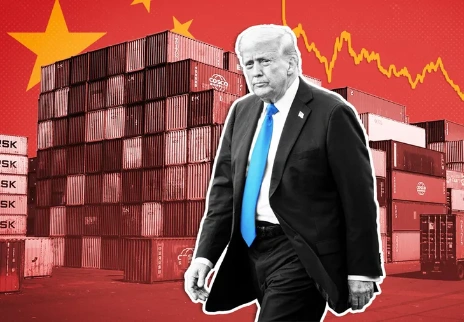Following a new round of China-U.S. economic and trade talks held in Stockholm, both sides have jointly issued the *China-U.S. Stockholm Economic and Trade Joint Statement*, outlining a 90-day suspension of certain tariff measures. This agreement represents the latest step toward easing trade tensions and supporting stability in global supply chains.
Key Points of the Agreement
From the U.S. Side:
* Effective August 12, 2025, the U.S. will continue to suspend the additional 24% tariff on goods from China, including those originating from the Hong Kong and Macao Special Administrative Regions, for 90 days.
* The U.S. will maintain a 10% tariff on these goods in accordance with its existing administrative order.
From the Chinese Side:
* Starting the same date, China will continue to suspend the additional 24% tariff on U.S. goods for 90 days.
* China will retain its own 10% tariff rate on these imports.
* In addition, China will suspend or lift certain non-tariff countermeasures against U.S. goods.

Background of the Talks
The Stockholm meeting follows earlier engagements in Geneva and London, where both sides discussed frameworks for tariff adjustments and trade cooperation.
* China’s delegation was led by Vice Premier He Lifeng.
* The U.S. delegation included Treasury Secretary Scott Besant and U.S. Trade Representative Jamieson Greer.
The latest agreement underscores both countries’ willingness to maintain open channels for dialogue, reduce uncertainties in trade, and allow more time for negotiating longer-term solutions.
What This Means for Businesses
For importers, exporters, and logistics providers, the 90-day suspension can:
* Reduce short-term cost pressures on goods covered by the paused 24% tariffs.
* Provide greater pricing stability for upcoming shipments.
* Allow businesses to plan ahead for Q4 with more predictable landed costs.
However, as both sides have retained 10% tariffs, companies should factor these costs into budgeting and consider potential tariff reinstatements after the suspension period.
Our View
At Shenzhen Gude Supply Chain Management Co., LTD, we closely monitor trade policy developments between China and the U.S., especially those impacting sea freight and air freight routes. This 90-day pause may provide a window of opportunity for businesses to accelerate shipments, renegotiate contracts, or diversify sourcing strategies.
We recommend clients to:
* Review shipment schedules to take advantage of the tariff suspension period.
* Consult with our team on customs clearance strategies to optimize landed costs.
* Stay updated with our regular trade policy briefings for any changes after the 90 days.
Need tailored advice for your China-U.S. trade lanes?
Contact our logistics experts today to discuss how this temporary tariff relief can work to your advantage.

 Good
Good
 Aug 13 2025
Aug 13 2025


 Home
Home





 Email:
Email:
 Address: 216, Building A1, Fuhai Industrial Zone, Fuyong Community, Fuyong Street, Baoan District, Shenzhen, China
Address: 216, Building A1, Fuhai Industrial Zone, Fuyong Community, Fuyong Street, Baoan District, Shenzhen, China



